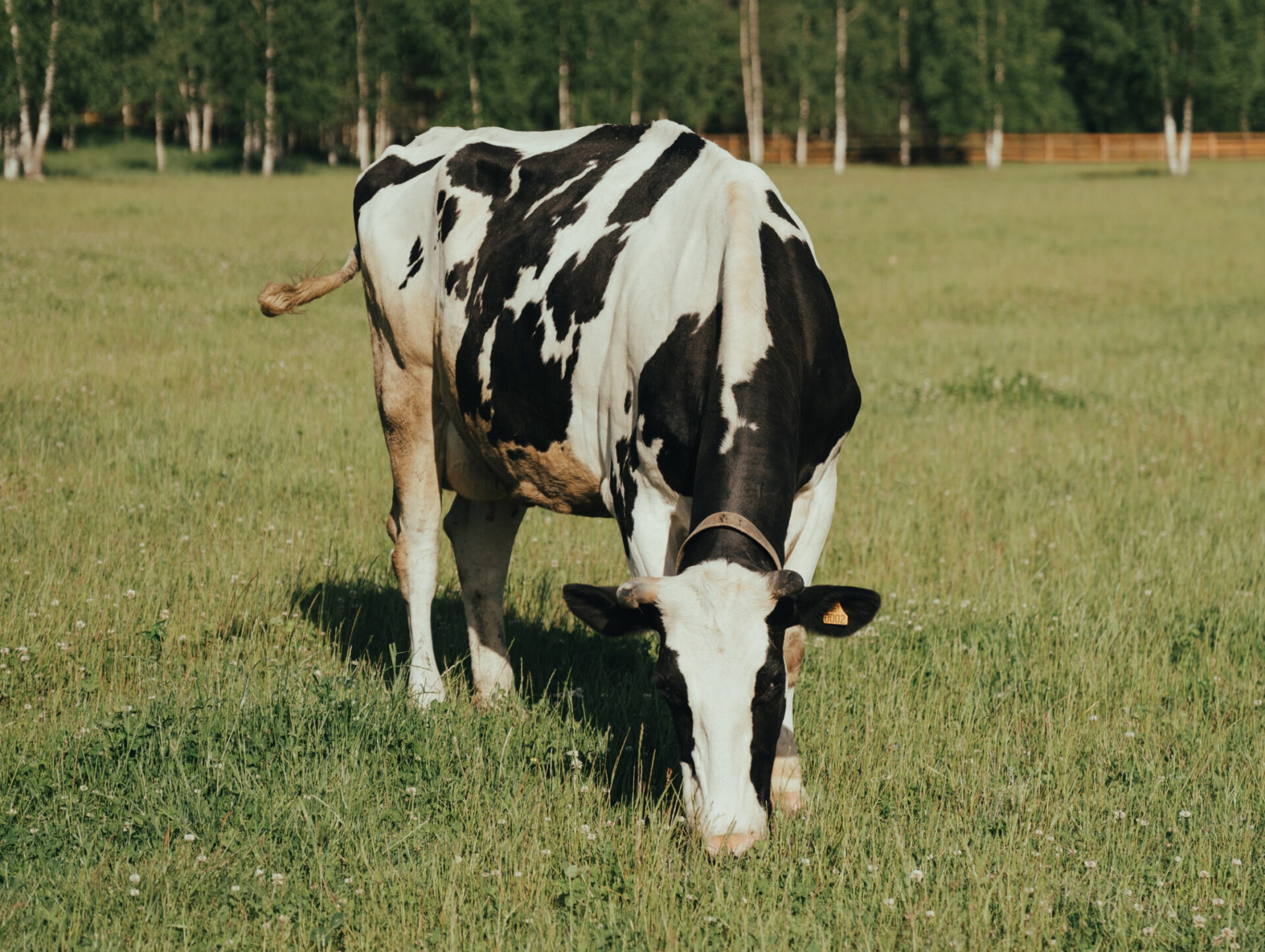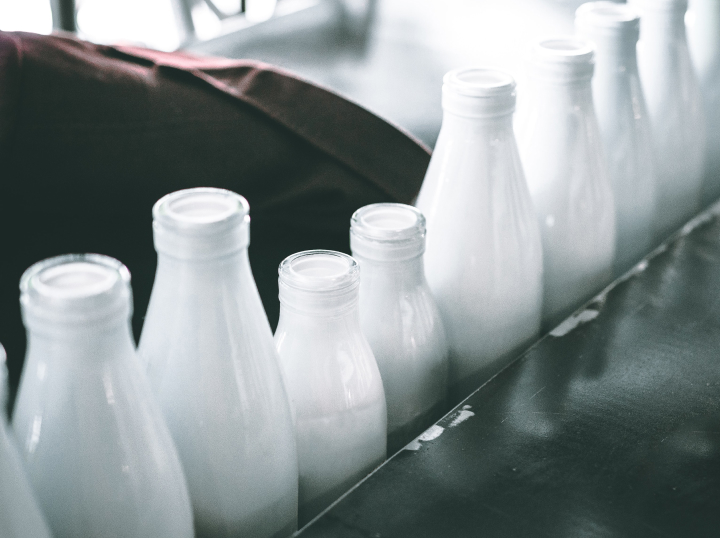a day in the life of a sustainable dairy farmer
Here’s something you probably didn’t know: Many dairy farmers are actually sustainable. In fact, dairy farms have switched many of their practices to be more sustainable as it’s better for the health of farms and the planet in the long run. As a dairy farmer myself, I know it takes a mixture of short- and long-term planning in order to run a dairy farm successfully and sustainably each day. Each day looks a little different from juggling animal care to crop management to employee development and so much more.
Of course, every dairy farm operates differently, but let me give you a glimpse at what goes on at the farm and examples of how practices are linked to sustainability—it’s important to know some of the day-to-day details.
Day-to-Day Operations:
Days on the farm start early so I can milk and feed the cows and young stock. As the day moo-ves along, I clean the pens, ensure the herd’s health checks are completed, and tackle a long to-do list. Depending on the day, I might have an outside expert scheduled to come by: the nutritionist to make adjustments to their diet, the vet for a herd care visit or it could be hoof-trimming day (my personal favorite), just to name a few.
One of our sustainability practices that requires daily maintenance is our manure management. The most common sustainable manure practice is repurposing it as fertilizer for our fields; however, manure separation technology is another innovative and sustainable application. This technology separates manure into liquid and solid portions; the solid portion is used for bedding and the liquid portion is spread onto fields as fertilizer. Upcycling manure for multiple purposes helps to decrease a dairy farm’s environmental footprint.

Long-Term Solutions:
Depending on the time of year, my day will include some form of crop duties as well. This could be preparing fields for planting, spreading manure as fertilizer, or pumping it into storage for later use. We’re also planting crops, harvesting crops, or preparing fields for the upcoming winter. Throughout every stage of crop production, it’s important for us to embrace sustainable practices that involve both land preservation and water conservation practices. It’s the best way to improve fields for future generations and ensure our cows have access to high-quality crops year after year.
For example, field tiling is great way to preserve land and conserve water on our farm. Tiling is used in fields with poor drainage to gather water through a network of underground tile into a collection pond. This allows for improved topsoil drainage and provides farmers with more sustainable field management options, such as no till and less disruption topsoil. Additionally, grass along waterways and alternating crops on sloped fields both contribute to water conservation and soil health by preventing water run-off, topsoil erosion and poor crop yields.
Connecting Sustainability and Day-to-Day Operations
The more sustainable we are as farmers, the more we can nourish people and better serve the planet! Each day dairy farmers have to manage a plethora of items including land and crops, herd care, manure management, water, work force development, finances and more. All these daily tasks are important to the sustainability of a dairy farm. Making sure our cows and land are healthy is our top priority. It also increases their longevity, meaning dairy farmers need less resources to produce delicious and nutritious milk! In the end, sustainability is at the center of it all.




